Why it is worth spending time at Polentswa waterhole
Kgalagadi Transfrontier Park - South Africa - Botswana
Polentswa waterhole in the Kgalagadi Transfrontier Park
It is worth parking off and spending some time there, even if it looks quiet.
Polentswa waterhole, Kgalagadi Transfrontier Park
Polentswa campsite overlooks a pan in the Kgalagadi Transfrontier Park and is approximately three kilometres from its own waterhole where some animals come to slate their thirst in this arid park. Polentswa waterhole can be quite productive regarding animal sightings and it is worth packing a few drinks and snacks because you could spend plenty of time there.
The advantage of being near a waterhole such as this one is because you can get to it early, before the crowds arrive from Nossob which is about an hour away, and pick a good spot. Even though Polentswa and Rooiputs are unfenced camps with no gate and you could access the park at any time, you are meant to adhere to gate times and stay inside your campsite during those times.
Times that the gates are open inside the park for going on self-drive game drives:
January 05:30 – 19:30
February 06:00 – 19:30
March 06:30 – 19:00
April 07:00 – 18:30
May 07:00 – 18:00
June and July 07:30 – 18:00
August 07:00 – 18:30
September 06:30 – 18:30
October 06:00 – 19:00
November and December 05:30 – 19:30
The Main Entrance Gate to the park at Twee Rivieren opens daily at 07:00.
Will you see predators at Polentswa?
Predators are the big attraction to the Kgalagadi Transfrontier Park and if you are fortunate you may see them. At Polentswa although we heard the roar of the Kgalagadi lion and saw its spoor at the waterhole and in the road, we never even caught a glimpse of it. That doesn’t mean you won’t.
We spent a week at Polentswa and much like we did at Rooiputs in the south of the park, in the morning at first light we packed a flask and some rusks or snacks. This time instead of driving around, our first stop would be at the waterhole. We spent ages sitting and watching the activities of the animals and birds.
At first all you might see are jackal and doves
At first all you may see is a waterhole and not an animal in sight. But if you’re patient and wait, a sequence of events will unfold throughout the course of the time you spend there.
Spotted Hyaena
The first morning we had a magnificent sighting of three spotted hyaena. The first one approached with his head still covered in blood. He stopped at the waterhole, gazed around to make sure his role wouldn’t be reversed to become prey, then slurped until his belly, already distended from his kill, was bloated like an inflated balloon. Virtually dragging it on the ground, he walked into the thicket.
Spotted hyaena, fur still covered in blood from its early breakfast
Soon after that a second hyaena came at high speed, bypassed the waterhole entirely, ran over the dry riverbed and disappeared into the low bushes. A short while later a third hyaena loaded with a carcass in her jaws reached the waterhole. She dropped it in the water. Still guarding it she slated her thirst. A jackal nearby eyed the bones and was surely drooling, wondering if it was worth taking on a predator higher up the food chain.
Jackal looking longingly at the carcass next to the spotted hyaena
Once the hyaena was finished drinking, she picked up the carcass and carried it away, presumably to her cubs at a den, as we could see she was still lactating.
Water dripping from her mouth
Doves and sandgrouse would build up courage and flutter in, hoping there was safety in numbers as they would take their chance at getting hydrated. Sometimes a lanner falcon would sweep in and prey on them. It took us a while to differentiate between the falcon and the other birds, because of so much movement amongst the flock of birds.
Feathers in the mouth
Jackal on the hunt
Most mornings the jackal would stalk the doves and sandgrouse and provide us with endless entertainment.
They would leap over the waterhole or into the air. Occasionally they even landed in the water, ego bent and fur drenched. They would then shake themselves or lie in the sun to dry off. Most of the time there were numerous attempts before they ended up with a mouth full of feathers and meagre substance.
Jackal in the water
Other birds of prey such as the bateleur would either drink at the waterhole or sit in the trees waiting for a victim. A hamerkop is always a special sighting with its hammer shaped head.
Bateleur
Hamerkop
“In some cultures, the Hamerkop is known as the ‘lightning bird’, and the Kalahari Bushmen believe or believed that being hit by lightning resulted from trying to rob a Hamerkop’s nest. They also believe that the inimical god, Khauna, would not like anyone to kill a Hamerkop.”
Wildebeest running in circles
Antics of the wildebeest
Wildebeest or gnu are definitely the comedians of the animal kingdom. A miniature migration, surrounded by a cloud of dust, the wildebeest grunted and snorted their way to the water hole. Abruptly they grind to a halt as if suddenly remembering why they were there. Some of them would drink and others would be more interested in ‘playing’. The young ones would run around on awkward legs while the older ones would chase each other in circles. If another herd approached they’d be challenged too.
Wildebeest coming to drink
Wildebeest arrive at waterhole in a cloud of dust
Other antelope that came to drink or were near the waterhole were red hartebeest and springbok and although lovely to watch, they never provided us with so much entertainment.
Red hartebeest and blue wildebeest
Brown Hyaena
Another special visitor to the waterhole was a brown hyaena. Far more anxious than the spotted hyaena, it took its time to get there, constantly looking over its shoulder and lurking from sparse bush to scanty log. Smaller in stature, he also seemed gentler. We were so close that we could hear him drinking.
Brown hyaena
Special moments of a close sighting of brown hyaena
We may not have seen a lion or a leopard at the waterhole, but we were well rewarded with other animal sightings. Besides, there was evidence that at least one of these predators were there.
I most certainly think it is worth spending time at Polentswa water hole.
Videos taken at Polentswa waterhole
These videos give you an idea what happens at the waterhole.
Did you know: Although hyaenas appear similar to dogs, they are a family of their own, the Hyaenidae. Truth be told, they’re actually closer to cats than dogs. Even more astounding, their closest relatives are mongooses and meerkats – Herpestidae.
Polentswa waterhole - a great place for animals sightings
Related posts:
What you need to know about Kgalagadi Transfrontier Park
What you can experience in the Kgalagadi
How to prepare for off the grid camping in Kgalagadi
Itinerary and route to Kgalagadi Transfrontier Park
High jinks of a jackal at Rooiputs campsite Kgalagadi Botswana
How to be on high alert for predators at Polentswa Kgalagadi
Camping adventures in the wild at Mabuasehube Game Reserve
Find me on Social Media:
Step by step instructions on how to leave a comment on my blog:
Type in your comment in the comment box.
Click ‘Post Comment’
Briefly a message should appear saying you are not logged in, then a box with ‘Post a Comment’ will appear for you to complete with your name, email address and website URL (if you have one).
Fill in your first name and email address in the appropriate section. (Your email will not be made public and will not be used for any other purpose than for you to get a notification of a reply to your comment.)
Click ‘Comment as Guest’ and you’re good to go!
To subscribe to my blogs, please fill out the SUBSCRIBE form.
Thank you.
I know it is quite a process, but it helps keep our websites secure. Your email address will not be shared or displayed.
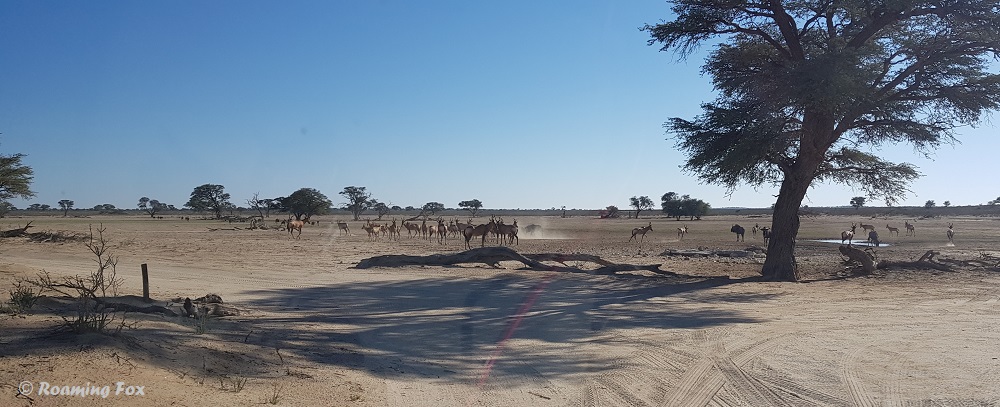





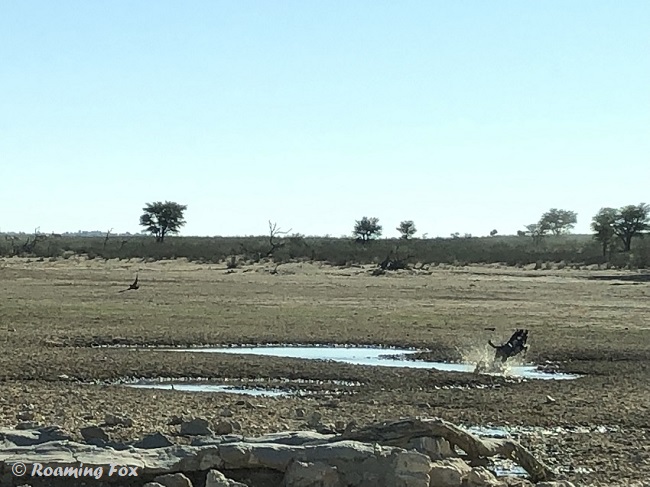


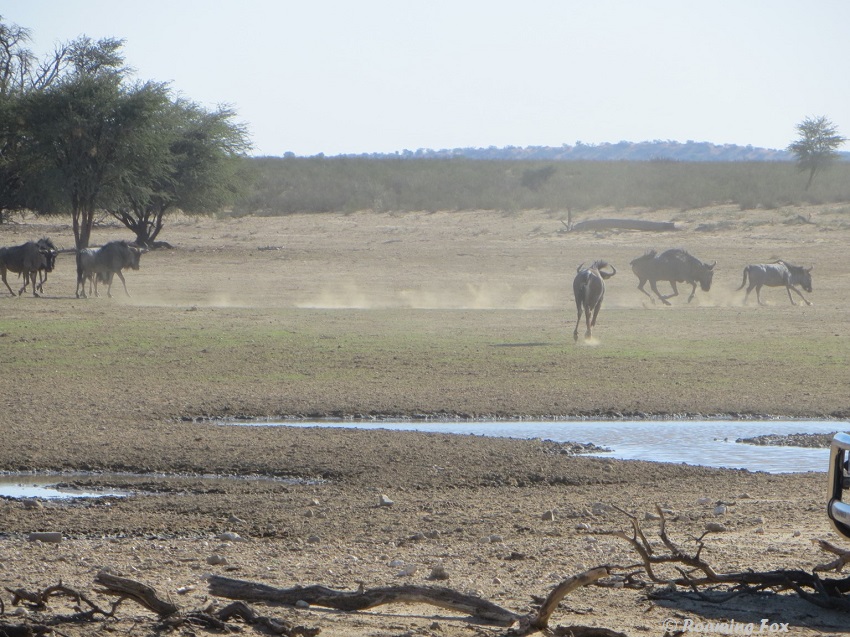





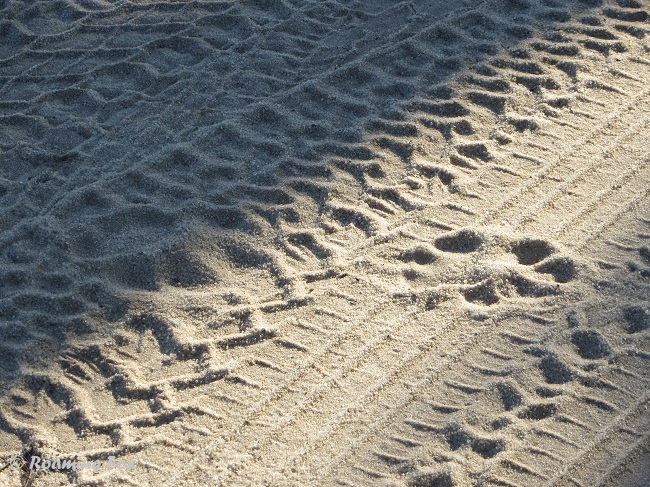
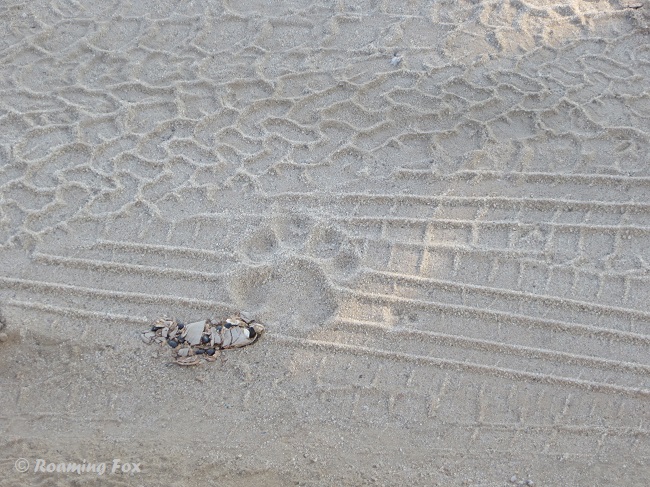












After our recent trip to the Kgalagadi I have been reflecting. Is it really worth a visit?